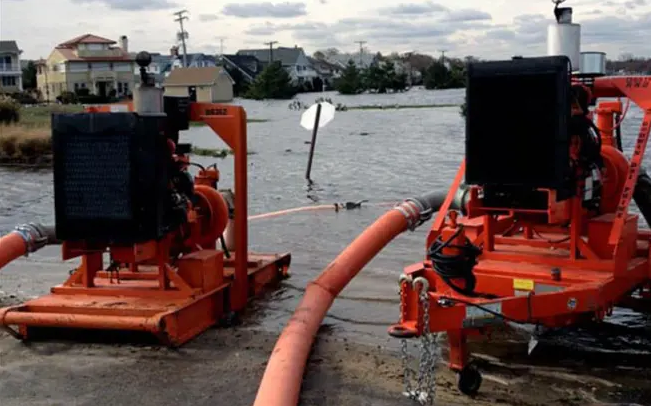Integrating disabled individuals and older adults with mobility challenges into society presents a significant yet vital challenge. These individuals often face barriers that hinder their participation in everyday activities, leading to social isolation and reduced quality of life. One of the main hurdles is physical accessibility. Many public spaces, workplaces, and homes in Australia are not designed with accessibility in mind, making it difficult for those with mobility issues to navigate them. Additionally, societal attitudes and misconceptions can contribute to the marginalisation of these groups. There’s a need for greater awareness and understanding of the challenges faced by disabled individuals and the elderly. One such solution is changing places.
Creating public changing places for individuals with mobility challenges is a crucial yet complex task. These facilities are essential for ensuring that all members of the community, regardless of their physical abilities, have access to safe, private, and comfortable spaces to manage their personal needs when away from home. The challenges in developing these spaces in Australia are multifaceted, ranging from design and funding to societal awareness and legislation.
One of the primary challenges is the design and construction of these spaces. Public changing places need to be large enough to accommodate not just the individual with mobility challenges, but also their assistive devices or caregivers. Standard disabled toilets are often insufficient, as they do not provide the required space or equipment. Essential features include adjustable changing benches, hoists, and adequate manoeuvring space for wheelchairs. These requirements mean that public changing places in Australia are more expensive and complex to build than standard facilities.
Funding is another significant challenge. The additional costs for specialised equipment and larger space requirements can be prohibitive. This financial burden often falls on local governments or business owners, who may be reluctant or unable to allocate the necessary funds. As a result, the availability of public changing places in Australia is limited, often leaving those with mobility challenges without suitable facilities.
Another hurdle is societal awareness and understanding of the needs of individuals with mobility challenges. Many people in Australia are unaware of the difficulties faced by those who cannot use standard public restrooms. This lack of awareness can lead to a lack of advocacy and support for the development of public changing places. Raising public consciousness and empathy is essential for gaining the necessary support and funding.
Legislation plays a crucial role in the development of public changing places. In many regions, laws do not require the provision of these facilities, making their development a matter of discretion rather than a legal obligation. Advocacy for legislative change is crucial to make the creation of these spaces mandatory in public buildings and facilities.
Maintenance and hygiene are other important aspects. These facilities require regular cleaning and maintenance to ensure they are safe and hygienic for all users. This ongoing cost and effort can be a deterrent for some facilities managers.
Finally, while the need for public changing places in Australia for individuals with mobility challenges is clear, the challenges in creating these facilities are significant. They include the complexities of design and construction, the need for substantial funding, the requirement for greater public awareness and legislative support, and the importance of ongoing maintenance. Overcoming these challenges requires concerted efforts from governments, businesses, communities, and advocates. By addressing these issues, society can move closer to providing inclusive and accessible facilities for all its members.
